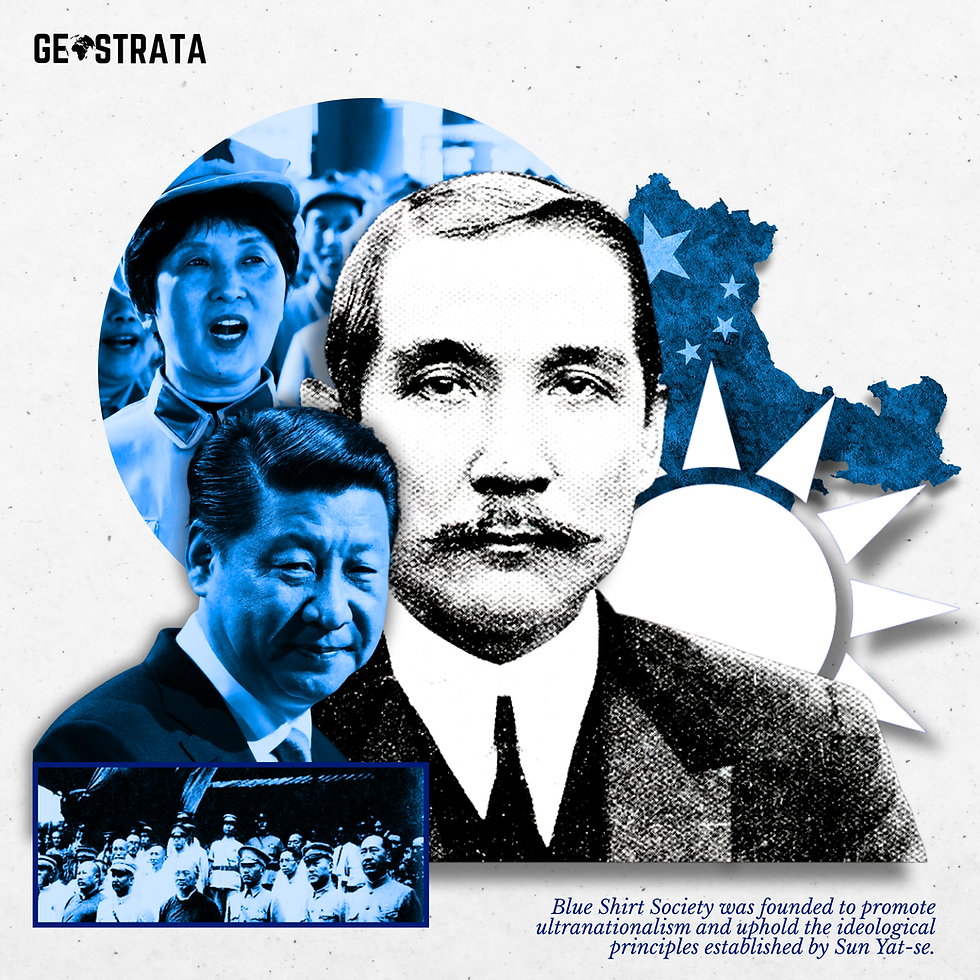Prospects of the Indian Dairy Industry
- THE GEOSTRATA

- May 13, 2023
- 3 min read
Updated: Dec 22, 2024
The history of dairy in India traces its roots back roughly 8000 years; it has been mentioned in the verses of the Rigveda. Milk and milk products were and are integral parts of Indian culture, and stories of Lord Krishna’s childhood as Gopal (a cow herder) and Kaamdhenu (a wish-fulfilling cow) are well known in almost all parts of India.

Image Graphics by Team Geostrata
But on the eve of independence, India had a food shortage, and dairy was not an exception. India’s dairy industry was largely informal, unregulated, and insufficient to meet the nation’s demand. To tackle this challenge, under the vision of then-PM Lal Bahadur Shastri, the National Dairy Development Board (NDDB) was established, and Dr Verghese Kurien was named its chairman.
In 1970, the most ambitious "Operation Flood"( often called the "White Revolution") was launched in three stages, it increased the number of milk sheds and connected them with the entire country while boosting dairy cooperatives and helping them expand their network infrastructure.
Today, India is not only self-sufficient in milk production but also boasts the world's largest dairy-producing industry (24% of global milk production) and largest dairy herd (over 307.42 million bovines as of 2024). Operation Flood's success is not just about huge production; it has also helped millions of farmers diversify their income sources. Advancements in veterinary services and industry have also helped cattle have healthy and long survivability while increasing dairy production.
Thus India has achieved self-sufficiency and has created its own model for dairy and its allied industries. India produces the largest amount of milk in the world, but it also has the largest demand for dairy products in the world; most of the consumption is made at home, and little is left for export. Therefore, India’s share in global milk exports is very low (only 0.36%). Although India’s dairy exports have grown considerably in the last few years, there is much more potential and many more ways to grow the Indian dairy industry.
TAKING INDIAN DAIRY TO THE GLOBAL STAGE:
India’s dairy production is largely aimed at local demand and products. But if we have to increase our exports, then producing products like cheese, butter, milk powder, skimmed milk, cream, and yoghurt, which have worldwide demand, should be incentivized while desi dairy products like paneer, chach, curd, and ghee should be promoted globally. India should also increase its investment in research and development in areas like agricultural and veterinary sciences, as well as fields like cloning and bioengineering, where countries like the US and China have made developments.
Recently, India’s first indigenously cloned "Gir" calf, named "Ganga," was disclosed by NDRI and can produce 15 litres of milk per day. Such developments will not only help India meet its dairy needs but will also decrease reliance on foreign breeds such as Jersey and preserve indigenous breeds.
AFRICA ASPECT:
The European and American dairy markets are largely dominated by local players in their respective countries; it is much harder for any outside company to penetrate these markets. Therefore, it is more feasible for India to concentrate on other regions like the Middle East and Africa.
Much like in ancient India, cattle are a crucial part of life and culture for many African nations. A staggering 800 million cattle are spread across the continent among many nations. Ethiopia, Kenya, Sudan, Tanzania, and Nigeria are some of those nations. The indigenous breeds of cattle, although suited for the environment, are often malnourished, have low yields, and have low survivability. The local African dairy industries are also largely unorganised and unequipped to meet standards.
These cattle alone cannot fulfil the growing demand that Africa is experiencing due to its growing population and, more importantly, growing economies like Nigeria, Ethiopia, and others.
The top dairy exporters have thus far neglected the African market, which gives India a window of opportunity. But instead of just trying to sell Indian dairy, India should sell its Anand model of dairy in Africa. India has experience and expertise in milk co-operatives, the veterinary industry, and other aspects of the dairy business, all of which can be used in an African scenario. By investing in and supporting Africa’s domestic dairy industry, Indian Dairy can expand its global reach while at the same time building good relations with rising African nations.
BY MANDAR RANSING
TEAM GEOSTRATA
info@thegeostrata.com
.png)







Comments